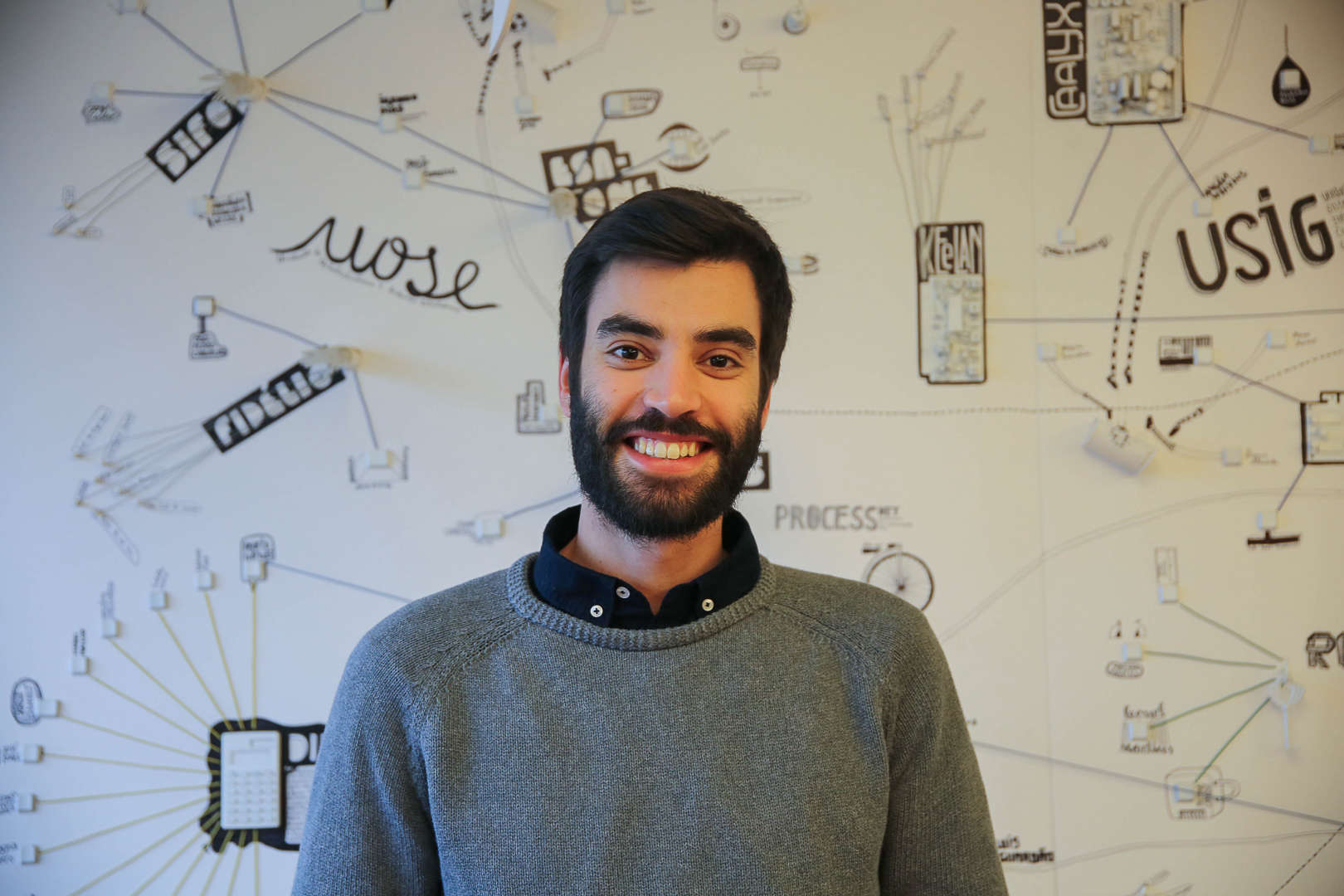About
I was born on April 24th of 1994 in Porto, where I still live nowadays.
In 2012, I've joined the Bachelor's degree in Electronics and Computers Engineering at ISEP, having concluded it 3 years later.
After the Bachelor, in 2015, I started my Master's degree on Autonomous Systems, at the Autonomous Systems Laboratory (ISEP), where I got the interest in becoming a researcher.
Since January 2016, I'm a researcher at INESC TEC and I'm being working with underwater robots.


